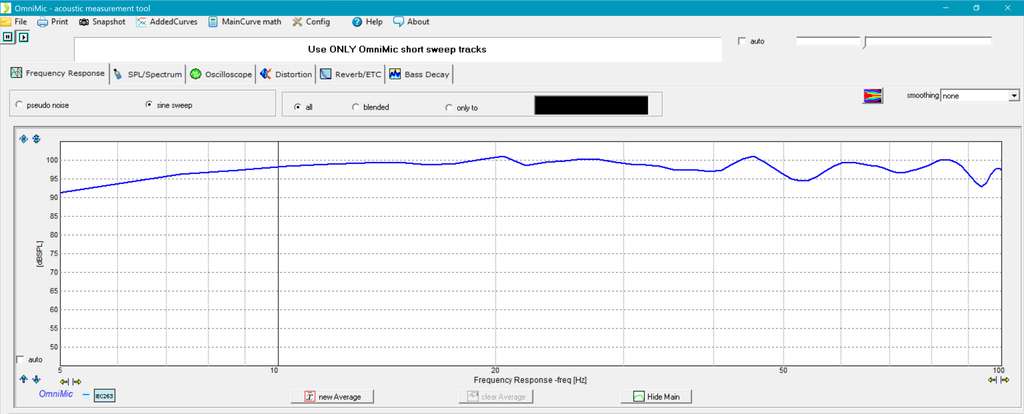All of your measurements look amazing in your treated rooms. I just use my asymmetric untreated living room with no atheistic options to move my listening seat for smoother bass. You can easily see how different my left and right channels differ from each other. I agree with Ron that ideally, everyone should use the same measurement and smoothing, otherwise, you get very different looking results as I can see some graphs displayed here are 1/3 smoothing, some 1/12 smoothing and others closer to 1/48 smoothing.
Anyway, here's mine with and without DSP of both channels. Looking at your measurements remind me that perhaps it's time to have a dedicated audio room because DSP has its limitations.
View attachment 104723
1/48 smoothing without DSP
View attachment 104724
1/12 smoothing
View attachment 104726
1/3 smoothing
And with DSP (parametric EQ), things are a little bit better but still not as great as what others have shown:
View attachment 104727
1/12 smoothing with DSP
View attachment 104728
1/3 smoothing with DSP
But so far, the system sounds good enough. At least you've shown me what the future holds for me. Thanks.






